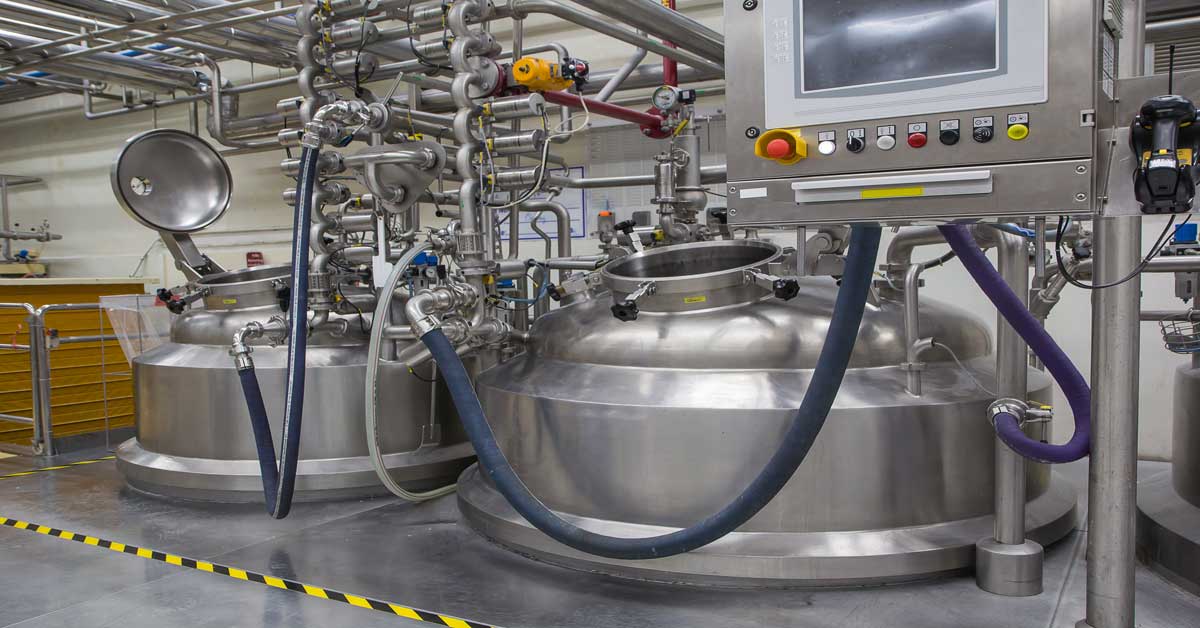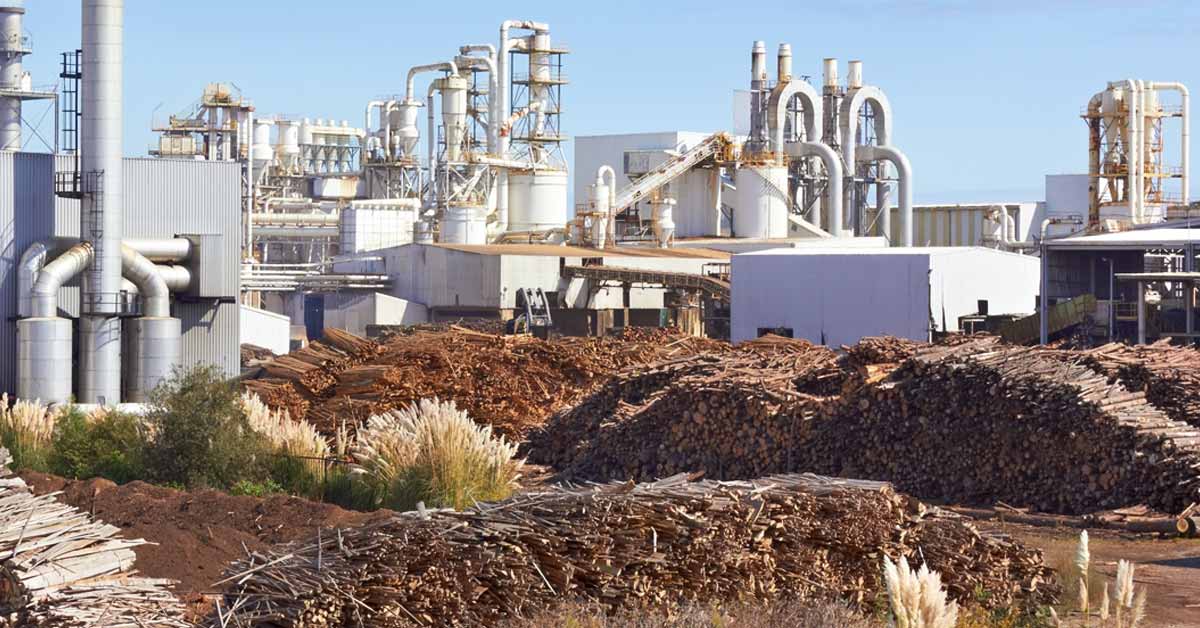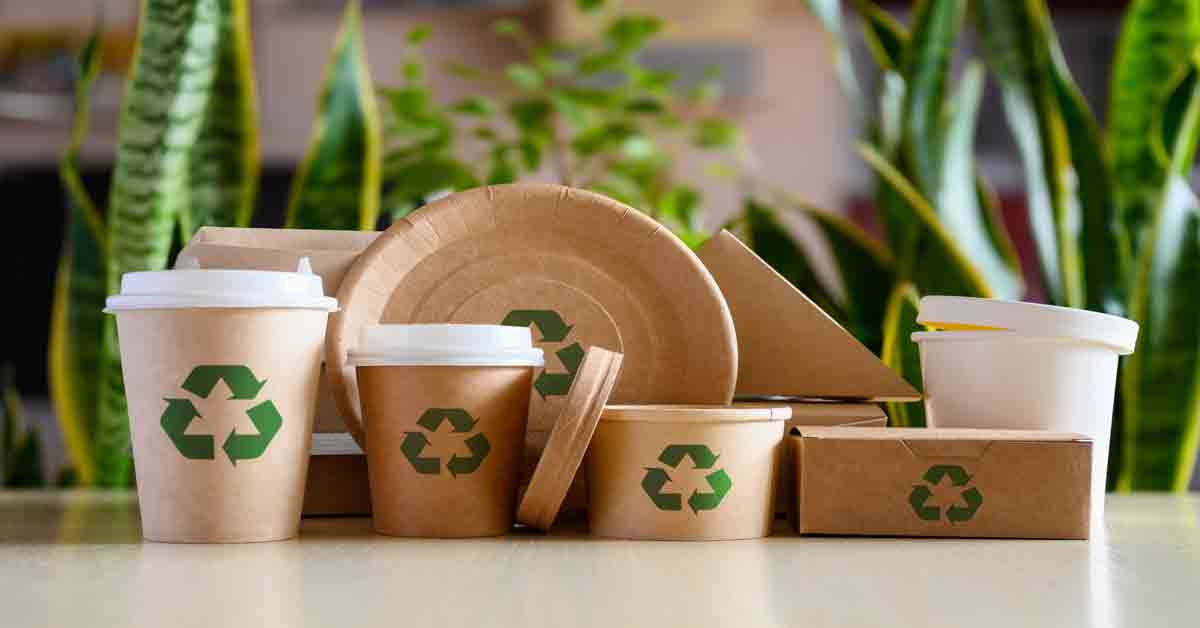As we move toward a ‘zero-carbon’ future, can single-use packaging thrive or will it be replaced by reusable, returnable, refillable, semi-permanent containers to protect, preserve, identify, communicate and transport goods?
Preserving products, particularly food and medicines, has typically required high-barrier, multi-layer packaging made from plastic and sometimes aluminium. This has reduced wastage but has presented a recycling challenge when it comes to separating and recycling each layer at scale whilst being economically viable. Alternative materials such as graphene, algae, protein, plant and other bio-based materials are increasingly possible, but with this sometimes comes economic and automated packing system changes often requiring capital investment. For example, replacing lightweight, high-performance bags, sachets and pouches with widely recycled or compostable materials is possible, but much work is still required to provide scalability and comparable mechanical and shelf-life performance.
This is where innovation and the combination of materials and optimised packaging design become important to ensure minimal use of non-renewable, carbon-rich resources.
Having a well-invested, harmonised waste recovery infrastructure is vital and one of the weak links in many markets where different local authorities manage varying waste collection and recovery contracts, technologies and policies. We only recover and recycle less than 30% of plastic in Europe (less than 5% flexibles) due to the wide range of plastic products available. Compare this with the current average European recycling rates for paper-based packaging (83%), Aluminium (81%) and Glass (80%). [Multiple sources]
The pending European Packaging & Packaging Waste Regulations (PPWR) and Extended Producer Responsibility (EPR) are currently under review in Brussels and this new legislation aims to tackle three core challenges:
- Reduce the generation of packaging waste
- Promote a circular economy for packaging in a cost-efficient way
- Promote the uptake of recycled content in packaging
To understand future trends, it’s often a good idea to look back historically to understand why something has been invented and developed, particularly when many resources are becoming depleted and are often too carbon-intensive to be truly sustainable.
Corrugated Packaging
Single-face corrugated (one layer of reel-fed paper glued with starch to a fluted layer of paper) was invented and patented in England in 1856 by Edward Healy and Edward Allen. Originally used inside top hats to make them more comfortable to wear, nineteen years later, in 1871, an American, Albert Jones, started using it to protect glass bottles and lamp chimneys for transportation. In 1894 two other Americans; Henry Norris and Robert Thomson, invented and patented the first double-faced corrugated to make a strong, lightweight and rigid board, which provided the protection and strength to transport bulk goods when converted into versatile, stackable boxes. This transformed the handling and distribution of goods.
Today the global corrugated box sector consumes about 190 million tonnes of paper, which is worth over £149 billion and is predicted to grow by 6.4% by 2028.
In the mid-1990s, the development of shelf-ready branded packaging (SRP) made the transfer of bulk-packed, fast-moving consumer products to retail shelves possible to further reduce handling. This is where the box easily converts into an on or off-shelf ‘tray’ or display to optimise merchandising.
It could be argued of course, that corrugated is already a reused packaging product, given that it has performed a function or several functions before being made into a transit pack – a point recently made by NOA, the European packaging research consultancy.
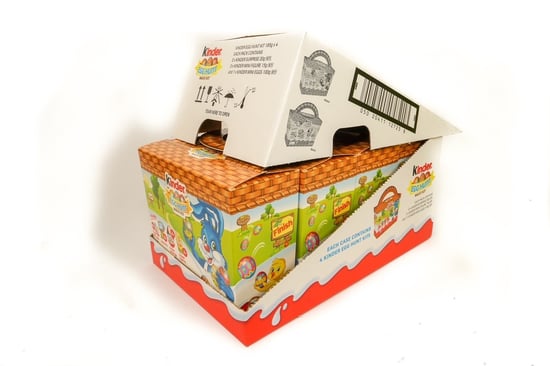
Reusable Packaging
Reusable packaging has a long, rich history when containers were originally made from earthenware, animal skins, wood, metal, glass, flax, hemp, papyrus and other plants, which could be easily shaped and sealed to contain and transport liquids, spices, grain, chemicals and other goods.
The first plastic, Parkesine, was invented by Alexander Parkes, an English metallurgist in 1892. This was made from nitrocellulose and led to the first commercial product, billiard balls, to replace ivory. By the 1940s came the development of many durable, lightweight and cost-effective materials to make crates, bottles, drums, bags, tubes and hundreds of other packaging formats. By the 1950s, we produced 2 million tonnes of plastic packaging. Today this is over 140 million tonnes, worth £296 billion and is predicted to grow at a rate of 3.6% annually by 2028.
What Does the Future Look Like?
The choices being made to use either single-use (disposable and widely recycled) or reusable (semi-permanent) packaging are currently the biggest opportunity and threat to the packaging sector. This is why it is being so widely debated and each industry sector is taking up either a defensive or offensive approach to protecting market share.
The beginning and end-of-life of any material and pack need to be measured using a cradle-to-cradle, life-cycle analysis (LCA) approach considering scope 1, 2 and 3 data inputs.
Which Is The Best Solution For The Planet & Pocket?
That’s a hard question to answer without context or knowing the given product, process or value chain. The short answer is both are important and should sit alongside each other to deliver optimum efficiency of resources, mindful of commercial constraints, brand values, changes in consumer behaviour and legislation. This is similar to asking – “what’s the best form of transport to get from A to B”. The correct or best answer depends on the circumstances and will change over time.
RPC’s (Returnable Plastic Containers) are great at moving goods from a local distribution hub to a retail store provided there is a closed-loop network in place. Collapsible RPC’s are a great innovation that has transformed how goods are efficiently moved over short distances.
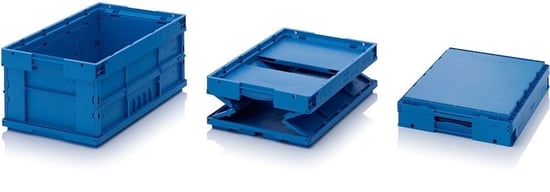
However, add longer distances and more complex, unpredictable supply chains without return, closed-loop distribution and then things become far more challenging to be viable both from commercial and environmental perspectives. RPC’s need to be used at least 50 times – if not more – to be effective, so any example that can’t deliver this ROI, then a single-use, recyclable box, carton, tray, etc. will probably be a more viable choice, provided it is produced from regenerative, low-carbon and managed material sources certified by FSC, PEFC, etc.
Single-use containers are generally more space-efficient because they can be adapted and optimised to reduce wastage in transport, storage, picking, packing and handling. They also provide more flexibility when it comes to branding and communicating safety information – an important part of merchandising many consumer products.
One very cost-effective and simple option, used by companies such as Riverford Organic Farmers, is to use durable, paperboard trays/boxes, which easily pop up and flatten and can be used over ten times before they need recycling. They are also a fraction of the cost of an RPC.
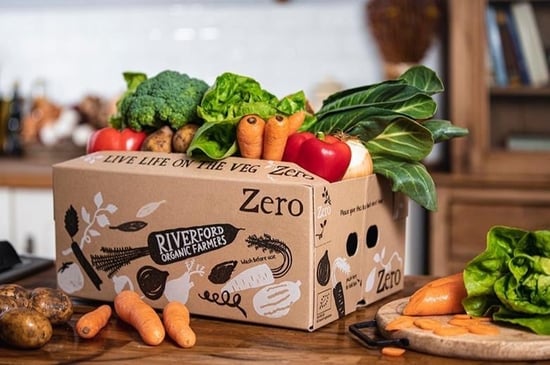
Home Delivery – E-commerce
The growth of goods being delivered directly to residences or places of work will probably continue to grow, particularly following the pandemic and the increasing number of people working remotely. These complex value chains make returnable packaging complex, but not impossible provided that the consumer is prepared to participate and able to store and return packaging.
Home delivery companies are increasingly selecting paper-based, reusable packaging with easy-open and reclosure features to make returning goods as convenient as possible. Amazon has been doing this for some years and we’re seeing these pack formats being more widely adopted by many companies. For example, the Austrian Post Service introduced a range of paper bags, corrugated envelopes and boxes as shown here.
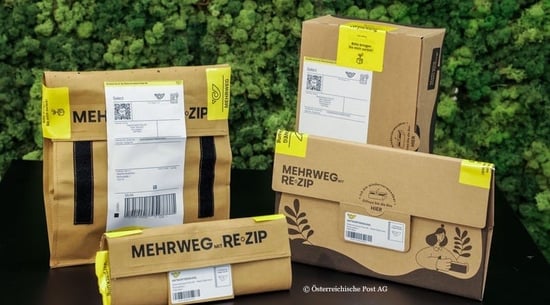
Takeaway – Food Service
Reusable cups and bottles have become popular and the more eco-aware consumer has adopted this packaging format as their preferred method of consuming beverages on the go. Will take-out food follow the same pattern of behaviour? Maybe, but this has many other hurdles to overcome particularly around contamination and safety. A deposit return system (DRS) could work, but collection, cleaning and reaching 50+ reuses will be a stretch. A number of Quick Service Restaurants (QSR’s) including McDonald’s France, are currently running trials. Like all changes in behaviour, it needs mass support and considerable capital investment to make this packaging system convenient, flexible and viable.
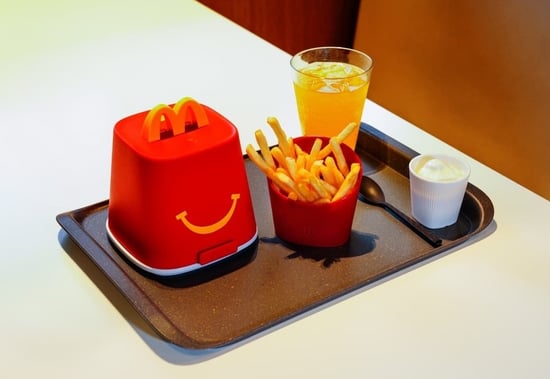
Making food packaging from materials, which are regenerative, truly sustainable, easy to recover, separate and recycle or compost is a priority and means that complex laminates and the use of multiple materials (e.g. plastic + paper) within a pack can cause recycling challenges. Simplifying pack design will therefore be important in the future to optimise the use of energy and material recovery and thereby reduce waste.
Food service packaging is often contaminated with food waste, which means that recovery and recycling can be compromised where a closed loop or industrial composting infrastructure is not in place, which is often the case for take-out food and waste collection. Most mixed, contaminated waste is currently incinerated through controlled energy- recovery, which is not an ideal use of valuable resources.
Using single-use plastic presents other challenges for take-out food such as damage to the environment because many of these materials are not compostable or biodegradable and can give rise to pollution and the continual build-up of micro-plastics. These tiny polymers, made from highly complex chemical structures (some of which are hazardous to human health) can then enter the food chain via air, soil and waterways. The health impacts of these chemicals are being carefully studied and the initial results should give cause for concern.
Refill
Increasingly popular for home and personal care products, refill will play a vital role in driving responsible, reusable packaging solutions supported by innovative technology, smart material and design choices and consumer engagement. Will consumers adapt? Maybe, if convenience and quality are not compromised and there are incentives to adopt widely. Also, this will require significant investment in a closed-loop, recovery, cleaning, storage and distribution infrastructure. Several retailers are trialing different systems including Tesco and Waitrose.
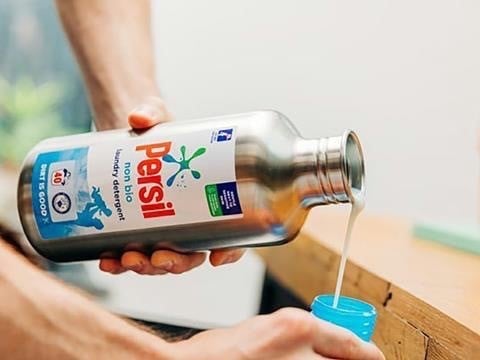
3D Printing – The 4th Industrial Revolution
Prototypes and mass-produced products are already 3D printed using ‘print farms’. This technology is becoming widely accessible to most people with a relatively small investment of less than £300. Printing personalised packaging and even food is now possible, which will probably be the most distributive development we witness over the next 20 years, powered by open-source design ingenuity and AI.
Conclusions
Both reusable and single-use packaging plays an essential role to protect, preserve, transport, store, dispense, identify and display consumer products. Selecting the best option should be decided on a case-by-case basis, taking into account all variables and reviewing regularly.
Selecting suitable materials which are abundant, regenerative and non-polluting is essential for any packaging design decision as it reduces negative social, environmental and commercial impacts.
Companies must also carefully avoid greenwashing to make sure environmental claims are factual and independently verified. Failing to do this could result in a fine. To find out more, it’s important that every company understands the legal implications of the Green Claims Code.
This article was published by Two Sides, a campaign to promote the sustainability of print, paper and paper-based packaging to industry, brands, and organisations. For more information, please visit: www.twosides.info







